It’s been exciting to see the science of reading spreading over the past few years. But what is it?
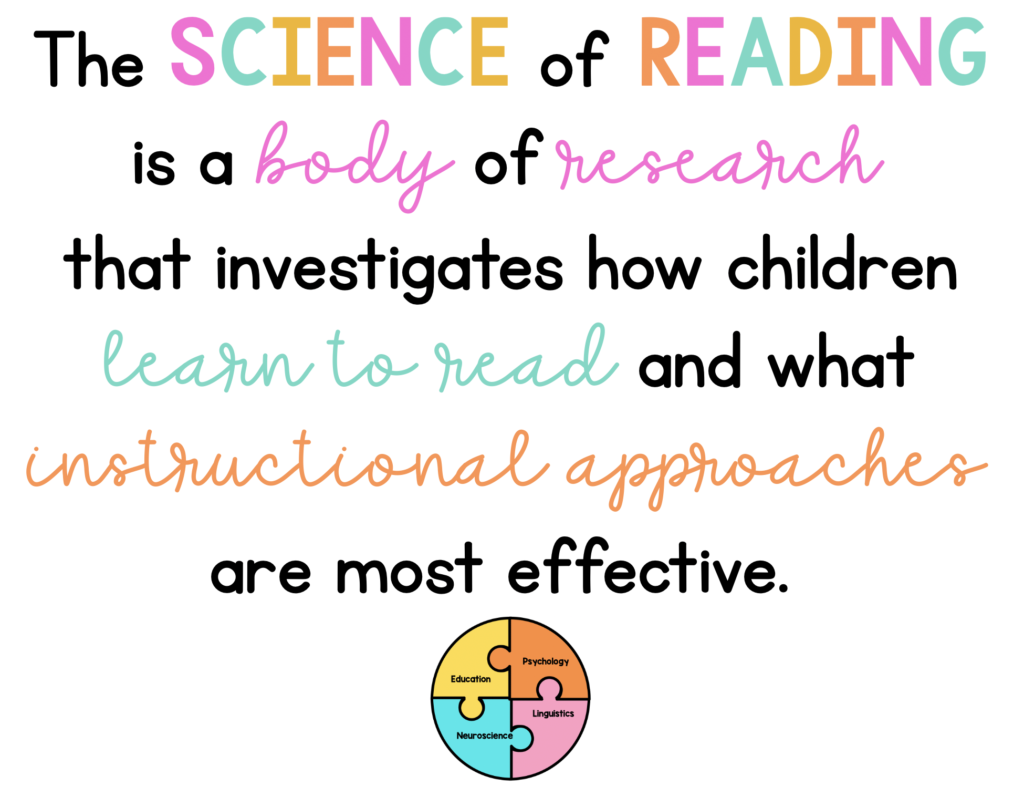
- Includes over 50 years of research
- From cognitive scientists, neuroscientists, researchers, psychologists, and linguists all over the world
- 1000s of studies have been conducted.
- It is not a program, an approach, or a specific strategy.
Key Ideas of the Science of Reading
The following are key ideas of the science of reading. I’ve attached links to blog posts that discuss them in more detail.
1. Reading is NOT natural. It must be taught.
That’s right! Our brains are naturally wired for speech but not reading. No part of the brain is actually dedicated for reading. The belief that kids will learn to read by being immersed in a language-rich environment is false. Reading must be taught systematically and explicitly.
This blog post is my attempt at explaining what the research tells us about cognitive processes associated with learning to read.
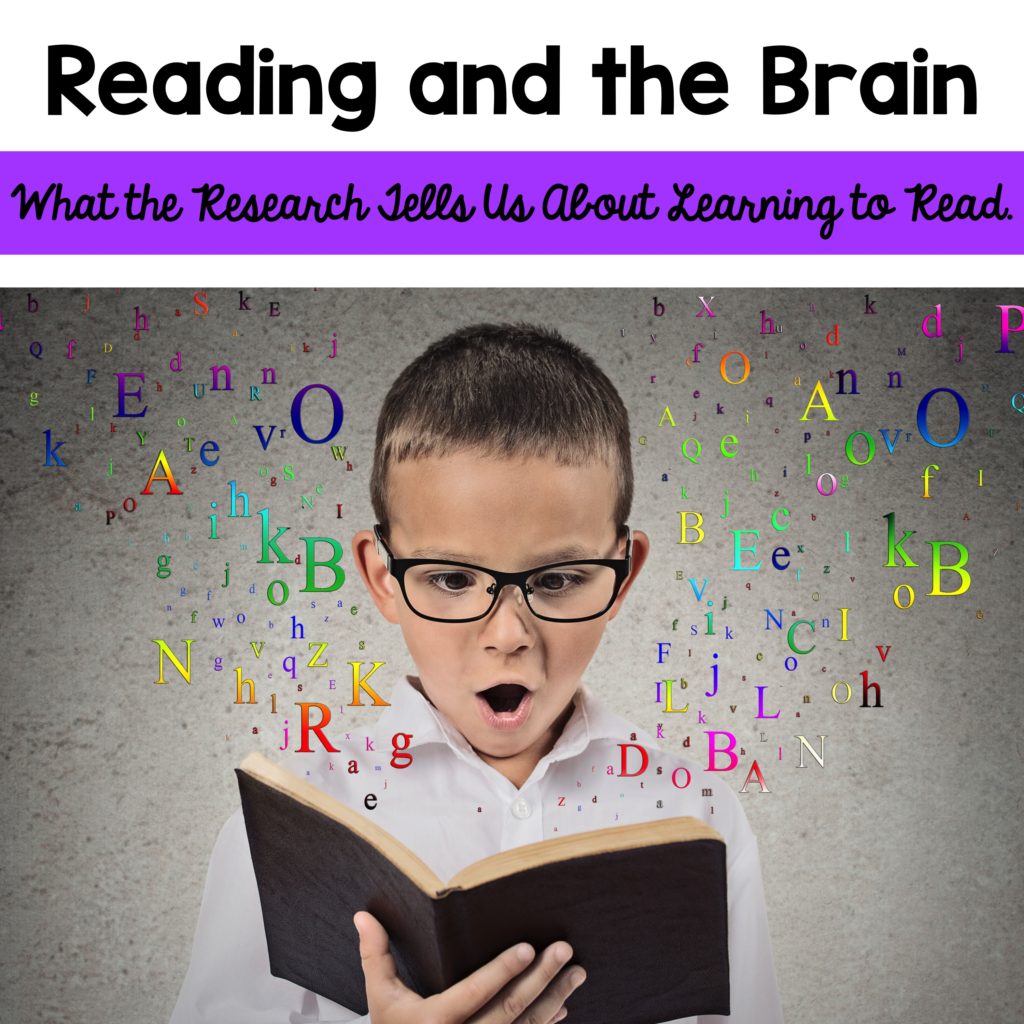
2. Explicit, systematic phonics instruction is essential for many and beneficial for all.
Reading must be taught systematically and explicitly for most of our students. Nancy Young has an amazing visual that helps to illustrate this.
This blog post details my phonics routine and the structure of my small groups. It also includes a link to a free ebook and lesson plan templates.
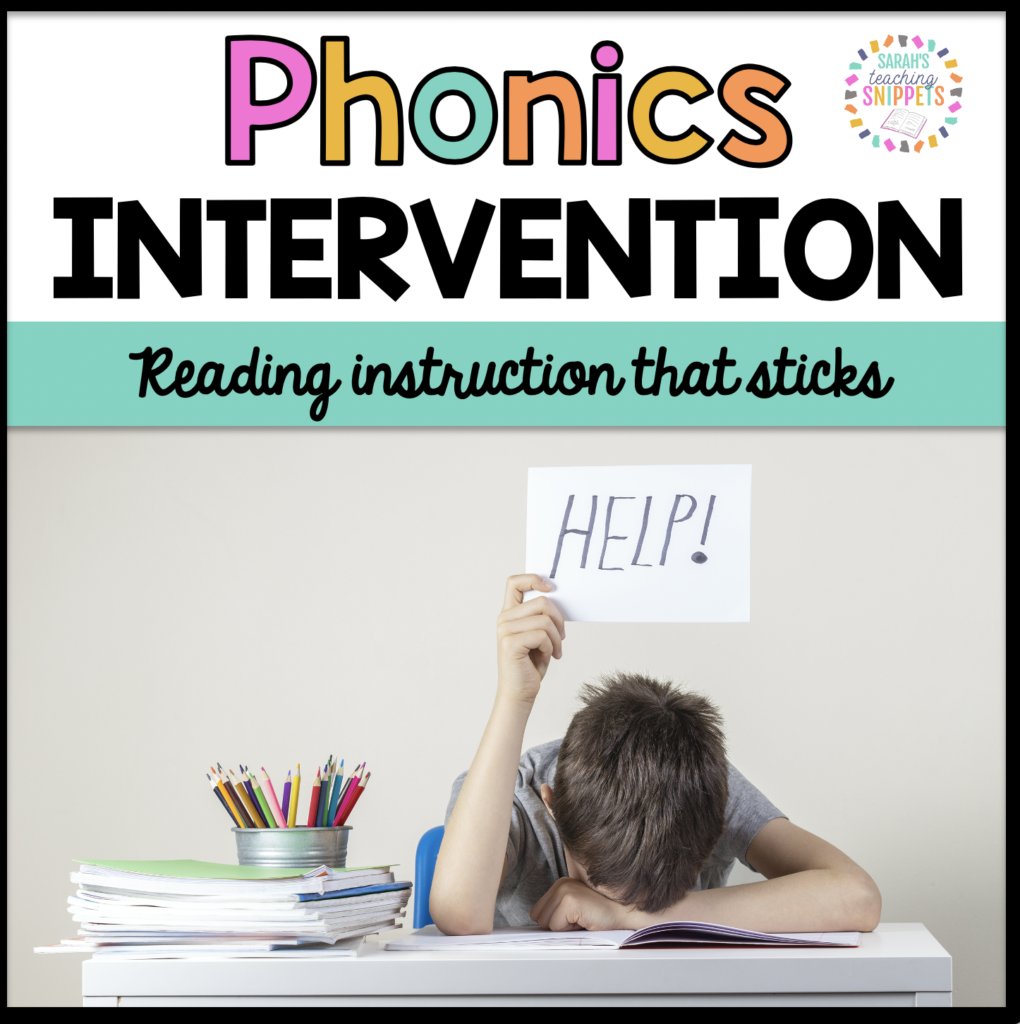
Click here to read about phonics instruction. (I know it says “intervention,” but it’s really for all phonics instruction.)
3. Reading is not a visual skill.
A word is not memorized as a whole or by its shape. Reading is not a visual process. Automatic word recognition is reached through a process called orthographic mapping.
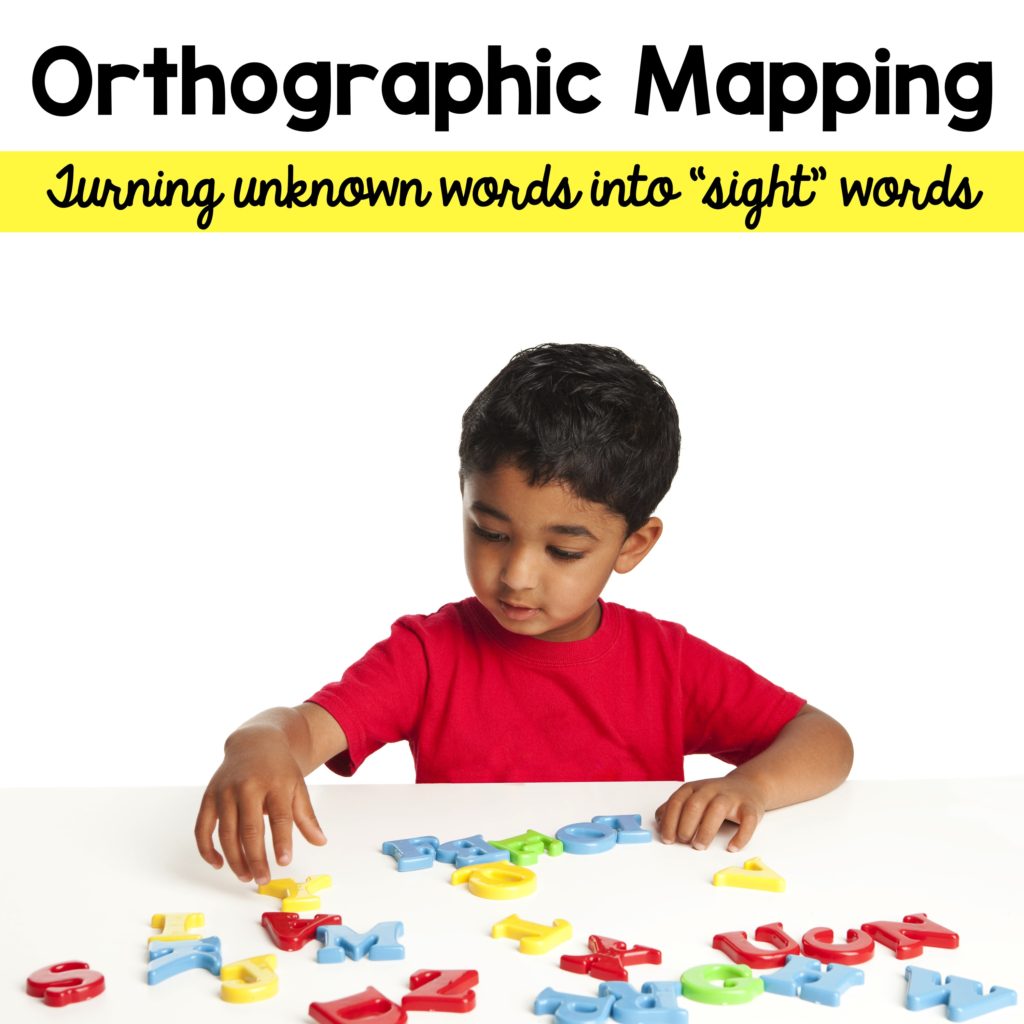
4. Spelling is an important part of instruction.
Learning to spell is much more complex than just memorizing words. Weaving spelling into your instruction is critical.
Read this blog post to learn more about how spelling instruction looks in an SoR classroom. Hint: It’s not your weekly spelling test with a list of words to memorize. 😉
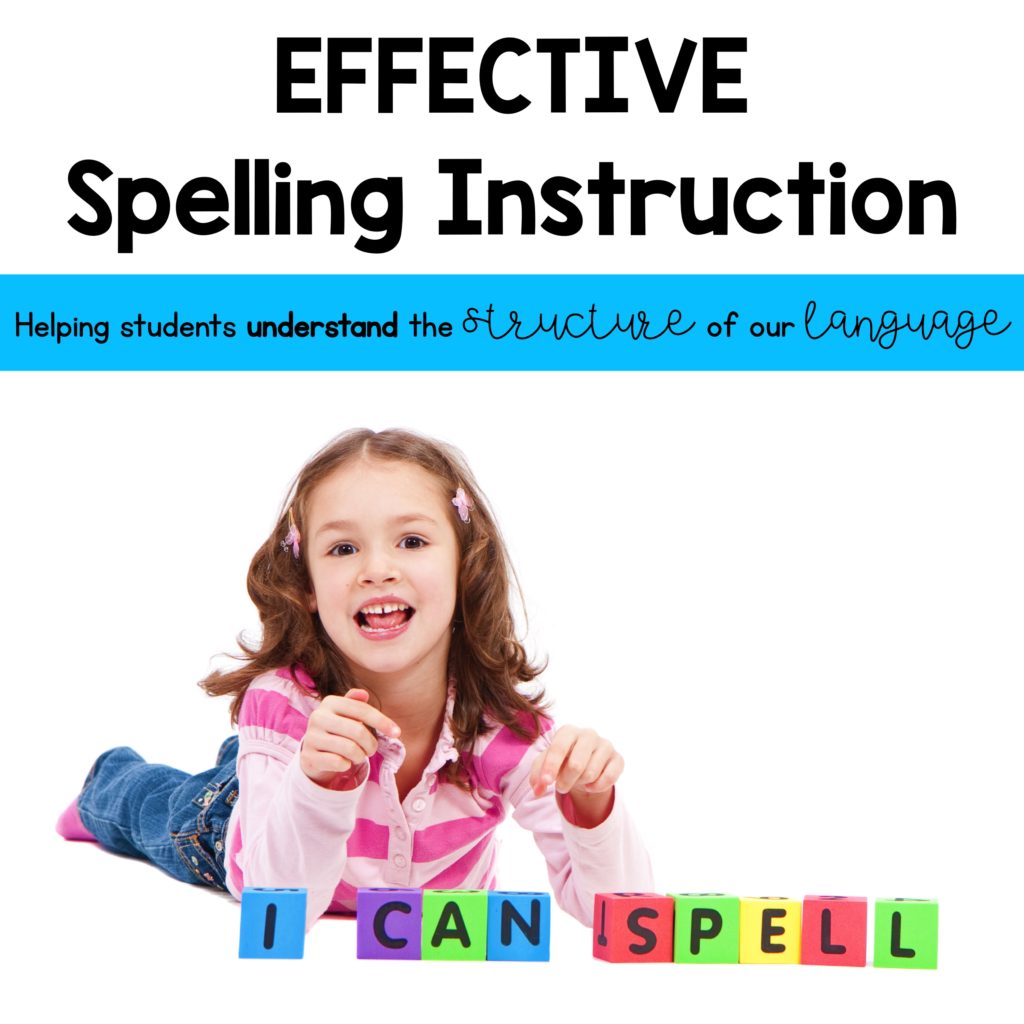
5. Instruction should include how language works.
Our instruction should include how our language works. Linguistic components include orthography, morphology, syntax, and semantics. As I mentioned, the science of reading is not a program or approach.
Structured Literacy is an instructional approach to teaching students to read that encompasses all of the elements of language and has key principles that guide how it is taught. It is based on the science of reading. It replaces Balanced Literacy, which has been the predominant practice for most of my teaching career. You can read more about it here.
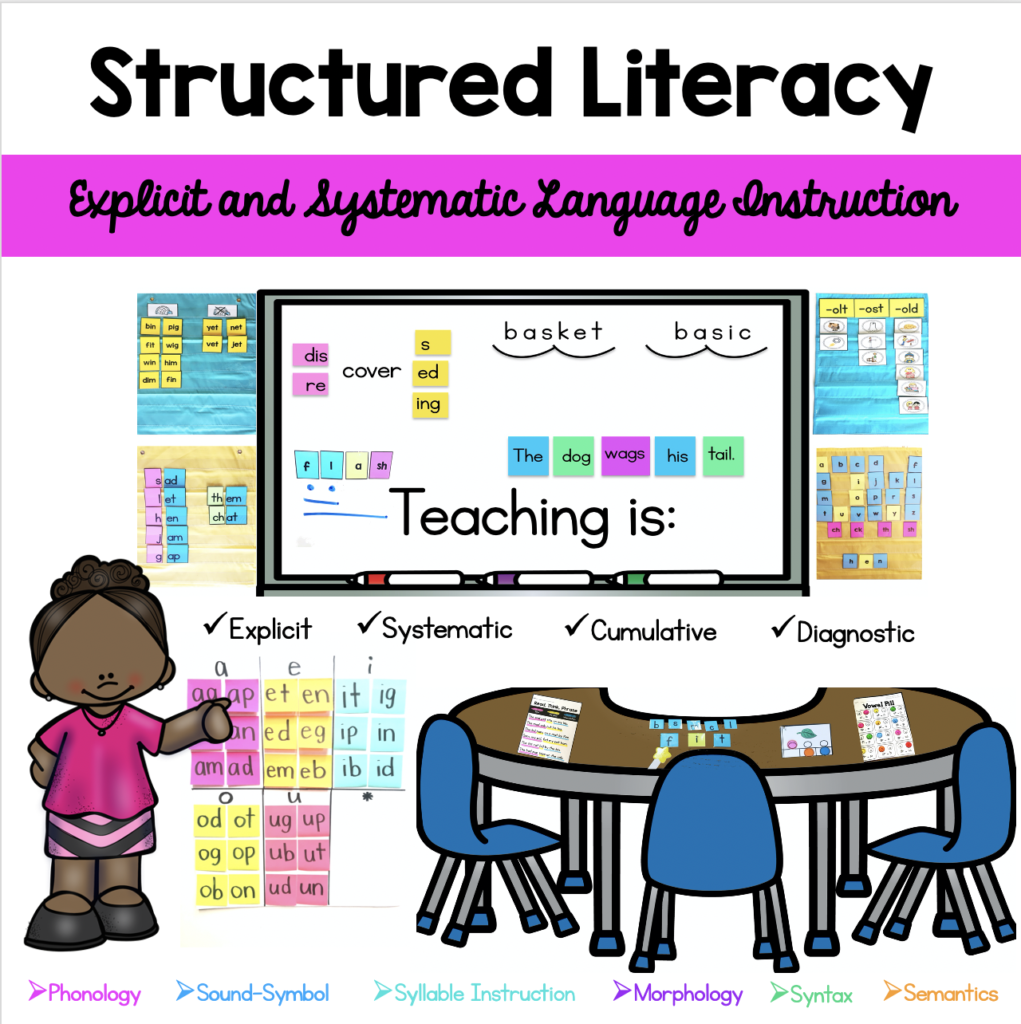
Click here to learn about Structured Literacy
6. Teaching is data-driven.
Instead of using the three-cueing system or leveled readers to assess students, I use a screener (like DIBELS or Acadience) and then a phonics diagnostic assessment if needed. Click here to learn more about the assessments I use.
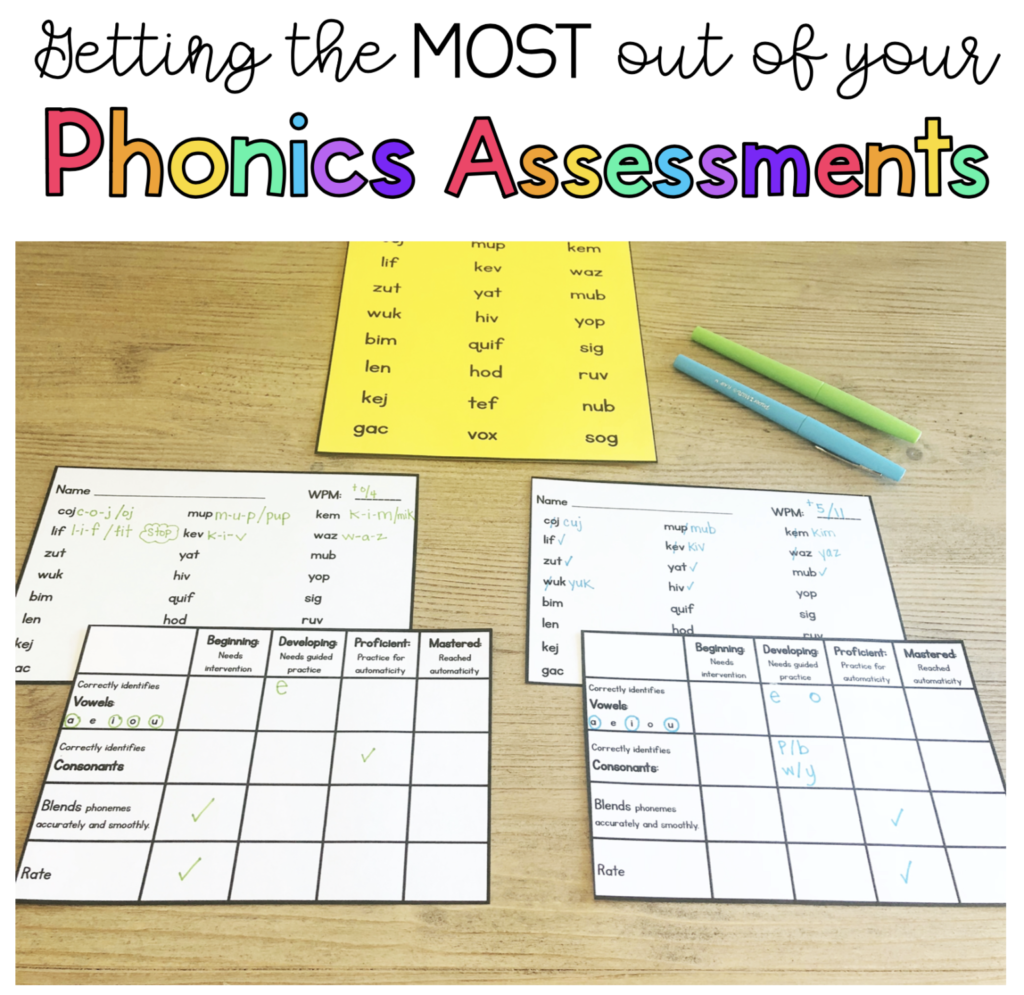
7. Begin with sounds
Learning to read begins with our ears! Instead of beginning with letters, begin with sounds. Our brains are wired for speech and language. Sounds are familiar to children. Begin with those familiar sounds and then connect to the new symbols (letters and graphemes).

Click here to read about how I teach the alphabet.
8. Reading comprehension is the end goal.
The end goal is comprehension. Students need automatic word recognition (through decoding) and language comprehension to get there.

Language comprehension must be developed while students are learning to read. In the early grades, this happens through read-alouds and class conversations. Lessons should build vocabulary and background knowledge. Background information is critical to comprehension.
9. Students with reading difficulties require extra intervention.

Shifts to Make
If you are shifting to a Structured Literacy Classroom based on the Science of Reading, here are some things to focus on. Click here to read the full post.










